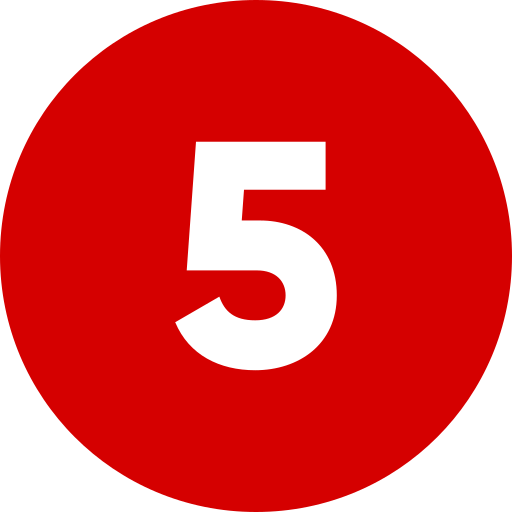1.5 THE FEASIBILITY OF PRODUCTSHARING
The products offered on the Productshare Platform must conform to the minimal pricing model parameters that make their sale financially feasible. In order for a product to be offered on the platform, its profit margin (ie the difference between its retail and wholesale price) must be sufficiently high enough to ensure that one third of the profit is enough to cover the cash back rewards. The average profit margin of products offered on the platform is 20%, of which (based on data collected from real-world experiments), one third of the total margin (ie 6.6% of the retail price) ends up being paid out in cash back rewards. The remaining two thirds of the margin provides sufficient capital to cover operational costs and leave enough profit to continually expand into a highly profitable and sustainable business organization.
1.5.1 THE PRODUCTSHARE STATISTICAL MODEL
The performance of the Productshare protocol on the Facebook platform can be accurately forecasted using a consistent statistical model derived from publicly known and verifiable Key Performance Indicators (KPIs) such as the average Click Through Rate (CTR), the average Purchase Conversion Rate (PCR) of product landing pages, and the standard performance metrics of the Facebook algorithm. The average user on Facebook has 200 friends of which 35% (70 people) see their posts based on the Facebook news feed algorithm. When a user Product-shares (i.e. makes a purchase and posts a product-share on their timeline), it will be seen by an average of 70 people. From those 70 users, 5% (3.5 people) will click on the link and only 2.1% (0.077 people) of those who click will make a purchase. This means that for every 1 sale there will be a total of 0.077 referred sales. So from a total of 1.077 sales, the equivalent dollar value of 0.077 sales will be paid out in cash back rewards, resulting in the average payment of (0.077/1.077 = 0.0658) 6.6% of the retail sales price as a reward.
